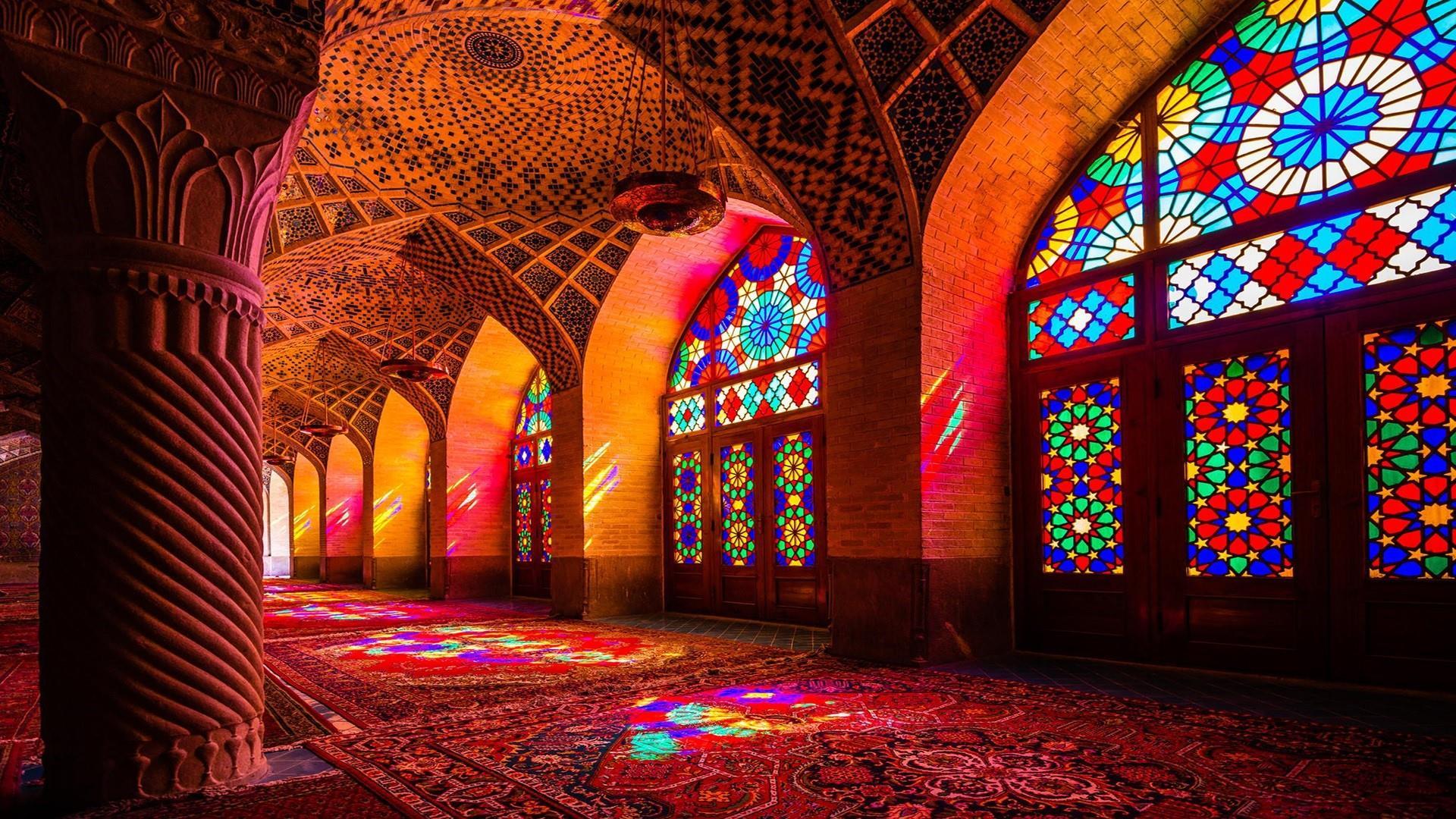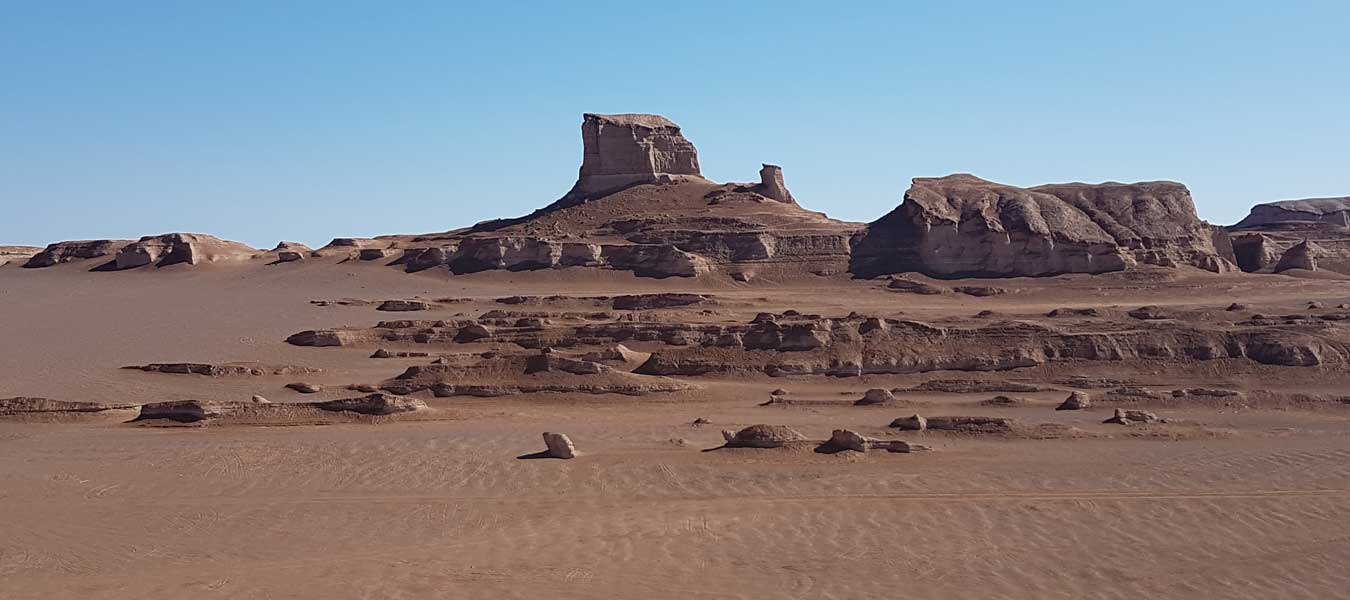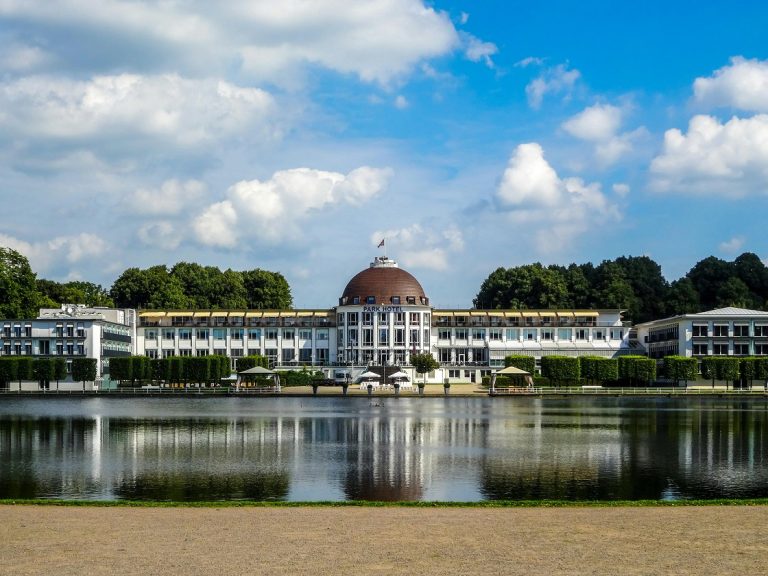The Silk Road and as a Human Migration Corridor
Iran, historically known as Persia, has played a pivotal role in human migration and trade due to its geographical position. Situated at the crossroads of Asia, Europe, and the Middle East, Iran served as a primary corridor for early human migration and later became a key hub for the famed Silk Road, facilitating cultural, commercial, and technological exchanges between civilizations.
Persia and the Silk Road
The Heart of Ancient Trade Routes
The Silk Road, which originated during the Han Dynasty (206 BCE – 220 CE), stretched from China to the Mediterranean. Persia was one of the most critical transit regions, connecting Eastern Asia to Western Europe and acting as a bridge between major civilizations.
Infrastructure and Governance
The Achaemenid Empire (550–330 BCE) established the Royal Road, an extensive network that predated the Silk Road and later integrated into it. This infrastructure facilitated safe and efficient movement of goods, people, and ideas.
Persian governance and tolerance toward diverse cultures ensured the smooth operation of these routes.
Cultural and Technological Exchange
Persia was not only a transit hub but also a center of cultural synthesis. Goods like Chinese silk, Indian spices, Roman glass, and Persian carpets passed through, enriching societies along the route.
Philosophies, religions (e.g., Zoroastrianism, Buddhism, and later Islam), and technologies spread via Persia to distant lands.
Iran as a Corridor for Human Migration
The Cradle of Civilization
Iran lies in the Fertile Crescent, an area crucial to early human settlement and migration. Archaeological sites such as Tepe Sialk and Shahr-e Sukhteh demonstrate that Iran was a vital corridor for early human groups migrating from Africa to Eurasia.
These migrations shaped the demographic and cultural landscape of the region over millennia.
Geographical Significance
The Zagros Mountains, Caspian Sea, and Persian Gulf created natural pathways for human and animal migrations, enabling the flow of populations and trade over thousands of years.
Persian Influence in Migration History
With the rise of the Persian empires, Iran became a melting pot of diverse ethnic groups, facilitating not only the migration of people but also the exchange of ideas and innovations across continents.
Iran’s Enduring Legacy
Iran’s strategic location and rich history have left a lasting legacy:
The country remains a central piece in modern trade routes like the China-Central Asia-Iran corridor, often referred to as a modern Silk Road. As a cultural and historical epicenter, Iran’s role in connecting the ancient and modern worlds underscores its importance in global history.
In summary, Persia was not just a land along the Silk Road but the spine of its network, providing the infrastructure, stability, and innovation necessary for human migration and trade to thrive across centuries. Today, this legacy continues to position Iran as a key player in global cultural and economic exchanges.
Siamak Ekhtary





















Leave a reply